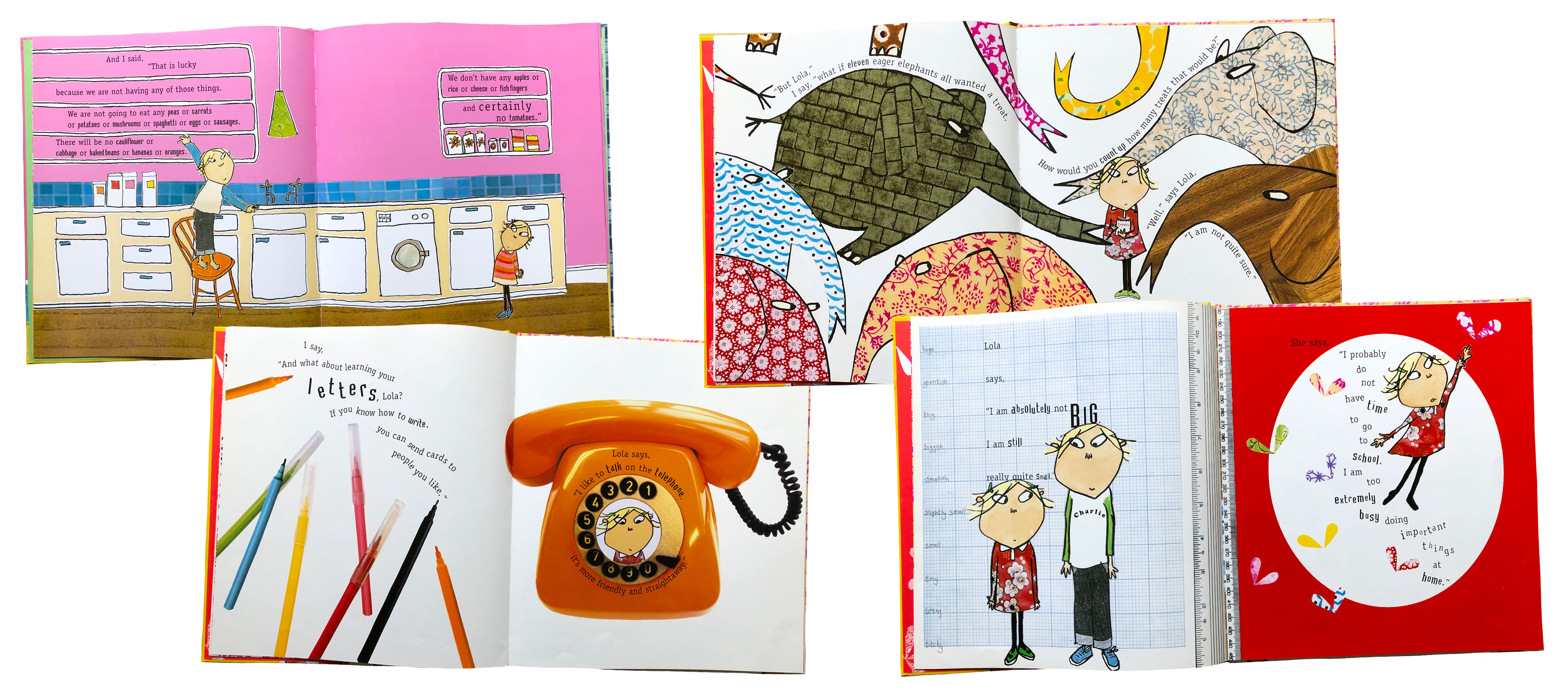
This week I focused on traditionally printing methods such as lino print, monoprint and riso. Since I'm only in university a few days a week, its good to make use of the larger printing press and riso as they are methods I can't replicate at home. Today I created a repeating sardine tin design then used various ink colours to see how it would look. This design worked effectively as it was well suited for the smaller size plate but could still include small details. The sardine tins are iconic of Portuguese culture and something you see a lot in tourist shops and supermarkets there. I like how diverse the packaging is with so many brands and independent shops, they are a good thing to collect! This linoprint would work well in a collage, paired with Portuguese photos and typography- something I want to play around with in the next few weeks. The idea of combining traditional printing methods will work well in relation to my theme as a lot of local artists use sculpture and paint to create art.
I also did some monoprinting to use up to etching ink from the lino prints. This method is always good for loosening up and creating something simple and quick. I used it to draw out some sardine and other fish prints using biro, pencil and the end of a paint brush to achieve different line weights and textures. The ink was quite dense to I was able to create a lot of prints. These can be seen above.
 |
An independent sardine shop in Loule, Portugal. This shop had sardines dating from the early 1900's to 2020, in case you wanted to buy them for someone's birthday!
I also took advantage of having access to the Risoprinter and prepared a three-layered illustration to print in the studio. Although this didn't go as planned, it was good spending the day getting used to the printer, learning how to change the inks and clean the rollers so in future I can use it whenever I want. I created the illustration digitally with the intention of printing in three colours: fluorescent pink, yellow and blue. I printed each colour layer in greyscale ready for the printing process however the colours didn't layer as I expecting (adding to how unpredictable traditional printing is!). Annoying as it was, I produced lots of prints that I'll be able to use for collage and to draw on top of. The lighting isn't great in these photos but they show some of the layers and how the colours had too much contrast.
Swot Analysis
Strengths-
- Using my time in studio efficiently to try different printing methods. I can in on an extra day to spend time getting used to the Riso printer so I'd be able to use it without help.
- Time management with juggling this project and keeping on top of Inktober, lots of work!
Weaknesses-
- Putting too much pressure on myself to make the prints perfect. Going from a digital composition to a traditional print method isn't going to turn out the same so I need to be prepared for it not to turn out as expected.
- Staying positive when the methods don't work in the ways I wanted them to. Create artwork more suited to the Riso style.
Opportunity-
- Opportunity to try again. Learn from my mistakes and not putting as much pressure on how I want the outcome to look.
- Access to printing press whenever I want, can try many techniques to see what works relating to my theme.
Threats-
- Progression. This project is very experimental and there isn't necessarily a finished outcome; all experimentation can be used to create something at the end. This is quite daunting as I put a lot of pressure on myself to create a good body of work throughout the project.
|







Comments
Post a Comment